Nursing Care Plans for Acute Renal Failure
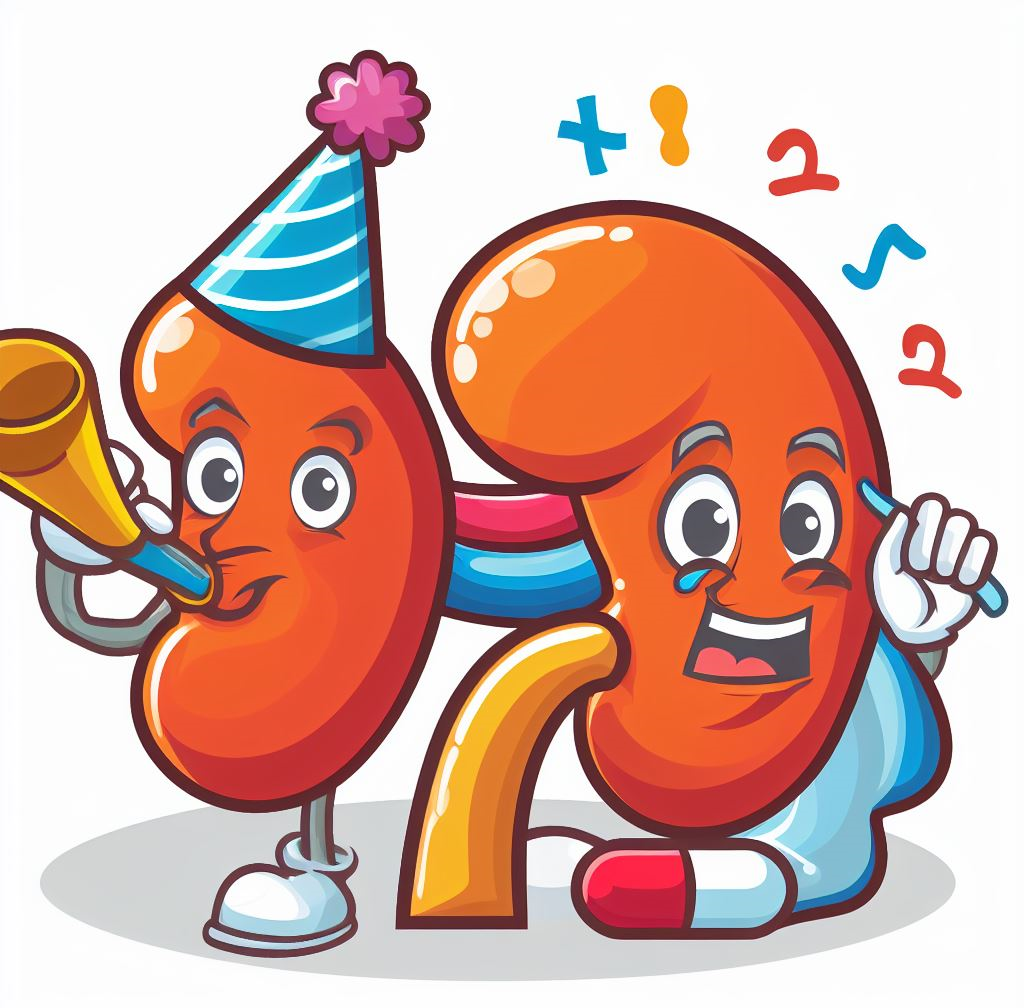
Acute renal failure (ARF), also known as acute kidney injury (AKI), is a sudden and often reversible loss of kidney function that can occur due to various causes, such as decreased blood flow to the kidneys, direct damage to the kidney tissues, or obstruction of urine flow. ARF can lead to serious complications, such as fluid overload, electrolyte imbalances, acid-base disorders, uremia, and increased risk of infection. Therefore, prompt diagnosis and treatment are essential to prevent further damage and restore kidney function.
The nursing care plans for patients with ARF aim to:
– Promote renal perfusion and function
– Correct or prevent fluid and electrolyte imbalances
– Prevent or treat complications
– Provide supportive and symptomatic care
– Educate the patient and family about the condition and treatment
Here are some examples of nursing care plans for ARF based on the common causes and risk factors:
Prerenal ARF
Prerenal ARF occurs when there is a decrease in blood flow to the kidneys due to conditions such as hypovolemia, hypotension, heart failure, sepsis, or renal artery stenosis. The reduced perfusion leads to ischemia and dysfunction of the nephrons, which are the functional units of the kidneys. Prerenal ARF is usually reversible if the underlying cause is corrected quickly.
Nursing Diagnosis: Decreased Cardiac Output related to hypovolemia, hypotension, or cardiac dysfunction as evidenced by low blood pressure, tachycardia, weak pulses, oliguria, dizziness, fatigue, and altered level of consciousness.
Nursing Interventions:
– Monitor vital signs, especially blood pressure and heart rate, frequently and report any abnormal findings.
– Assess for signs of fluid volume deficit, such as dry mucous membranes, poor skin turgor, decreased urine output, increased hematocrit, and weight loss.
– Administer intravenous fluids as ordered to restore fluid volume and improve renal perfusion. Use isotonic solutions (e.g., normal saline) or colloids (e.g., albumin) as indicated.
– Administer vasopressors (e.g., dopamine, norepinephrine) as ordered to increase blood pressure and renal blood flow. Monitor for side effects such as arrhythmias, chest pain, and peripheral ischemia.
– Elevate the head of the bed to 30 degrees or less to enhance venous return and cardiac output.
– Provide oxygen therapy as ordered to improve tissue oxygenation and prevent hypoxia.
– Educate the patient and family about the causes and treatment of prerenal ARF and the importance of fluid intake and output monitoring.
Intrinsic ARF
Intrinsic ARF occurs when there is direct damage to the kidney tissues due to conditions such as acute tubular necrosis (ATN), glomerulonephritis, interstitial nephritis, or vascular disorders. The damage results in inflammation, necrosis, or obstruction of the nephrons, which impair their ability to filter waste products and regulate fluid and electrolyte balance. Intrinsic ARF may be reversible if the underlying cause is treated promptly.
Nursing Diagnosis: Risk for Infection related to impaired immune system function secondary to uremia or immunosuppressive therapy.
Nursing Interventions:
– Monitor for signs of infection, such as fever, chills, leukocytosis, increased sedimentation rate, or positive cultures.
– Obtain blood, urine, sputum, or wound cultures as ordered to identify the causative organism and guide antibiotic therapy.
– Administer antibiotics as ordered to treat or prevent infection. Monitor for therapeutic effects and adverse reactions.
– Maintain aseptic technique when performing invasive procedures or handling catheters or lines. Change dressings and tubing as per protocol.
– Encourage good hygiene practices such as hand washing, oral care, skin care, and perineal care. Provide assistance as needed.
– Educate the patient and family about the risk factors and signs of infection and the importance of reporting any symptoms promptly.
Postrenal ARF
Postrenal ARF occurs when there is an obstruction to the flow of urine from the kidneys to the bladder or from the bladder to the outside. The obstruction can be caused by conditions such as kidney stones
Related Articles
How to Identify your Time Wasters and Eliminate them
Certainly! Let’s talk about time wasters at work. These are activities or...
By Roberta DivaFebruary 21, 2024Acute Renal Failure
Acute renal failure, also known as acute kidney injury, is a condition...
By Nursing BFFNovember 4, 2023Nursing Interventions For a COPD Patient
Chronic obstructive pulmonary disease (COPD) is a common and progressive respiratory condition...
By Nursing BFFNovember 2, 2023How to Write a Complete Nursing Care Plan for COPD Patients
Chronic obstructive pulmonary disease (COPD) is a common and serious lung condition...
By Nursing BFFNovember 2, 2023

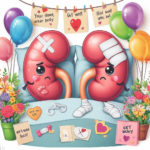


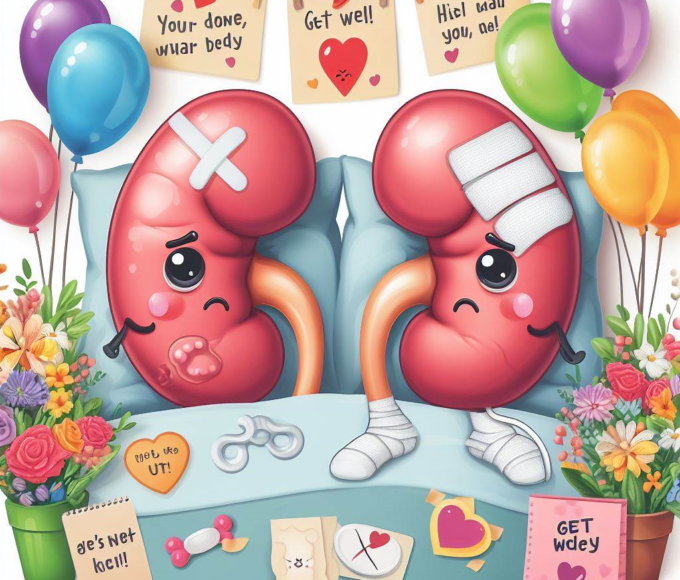
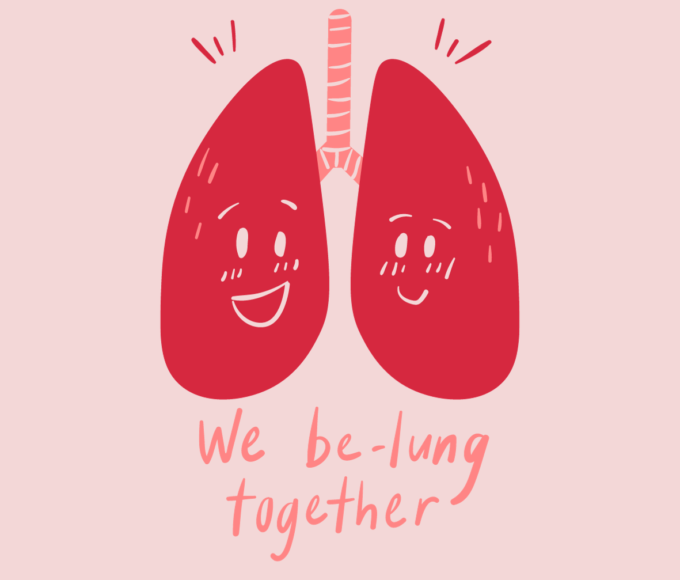
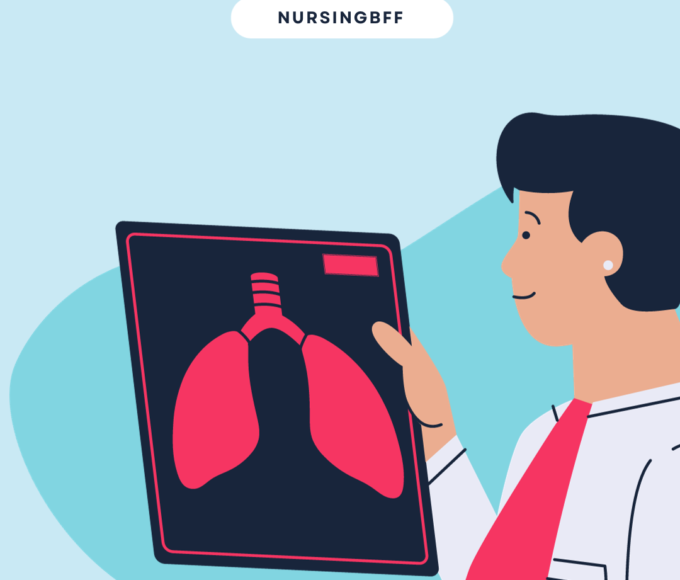
Leave a comment